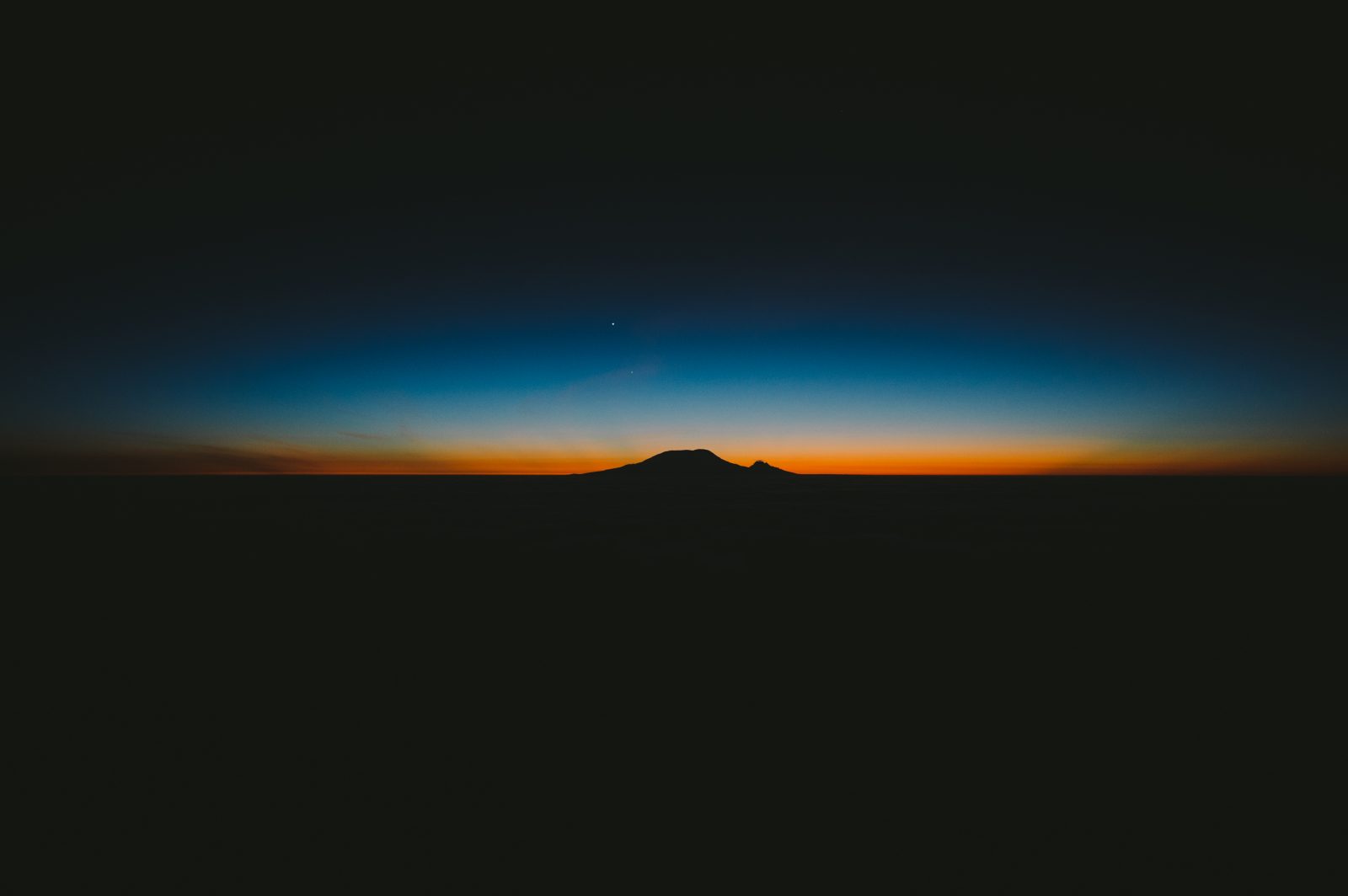White Space & Dark Mode
The world today has a fascination with the dark. It used to be that the fascination was with the light – and that was only a mere year ago. But again, as Koheles writes, there is nothing new under the sun.
Note: this post has been updated on November 20, 2019 with corrections on source material and clarification on terminology used.
Back when Jony Ive too over the design of iOS many years ago, Apple launched the smartphone world into white space. What was once considered bad for websites and apps out of fear of feeling “empty” became the new simplicity. Everyone needed light. Now, with the release of iOS 13, the world craves dark mode. Some folks choose to have it on all the time, but I believe most want their phone to mimic the earth’s rotation around the sun. There’s a lot of science to it, but to be relevant to our discussion, this year the darkness has become captivating. This is even reflected in how dark all sorts of flicks and shows have become.
There’s something taboo about the dark, and people want to touch that. But maybe there’s another side to it?
The Tanya tells us the instructions for a soul: be a tzaddik and don’t be a rasha. How does that work? Not every soul will be a tzaddik.* But we don’t know if that’s our potential or not. So we strive to be a tzaddik. If we fall short, what’s our goal? Don’t be a rasha. So, if you can’t be holy, at least don’t be evil.
In darkness is the greatest blessing.
Rabbi Shneur Wilhelm
White space and dark mode are the easiest ways to self-reflect and compare. How do we know if we’re evil? Our darkness is darker than dark mode. How do we know if we’re a tzaddik? Our light is brighter than the whitespace. How do we know if we’re in-between? Our shortcomings look grey when compared to the night and our righteous acts look dirty when compared to the source of Light. So there is a need for both day and night. A need for both whitespace and dark mode. A need for harmony and balance.
It is in darkness that we can measure up. We can see the light. We can restore hope. We can hold on strong. So instead of losing faith and giving into despair in the dark, grasping around with our hands just trying to hold on to something familiar, instead look ahead to the light at the end of the tunnel. Because there’s always a light at the end of that tunnel, and it’s called teshuvah.
* There appears, at first glance, to be discrepancy here as the Baal Shem Tov is credited with saying that we are not born a tzaddik but achieve it through our actions. This discrepancy is actually not an issue if one remembers our discussion on free will. If not, read that post first.
Essentially, free will works as this: HaShem knows who will be a tzaddik since HaShem is omniscient and outside of the time dilation our corporeality dictates. We, however, do not know, so we strive. It’s a matter of reading the book or skipping to the end, more or less. After all, Pirkei Avos 3:19 says “everything is foreseen, yet freedom is given to choose.” I’m not saying one can’t be a tzaddik – I’m just saying that we have already made those decisions and efforts in our future that HaShem knows.

